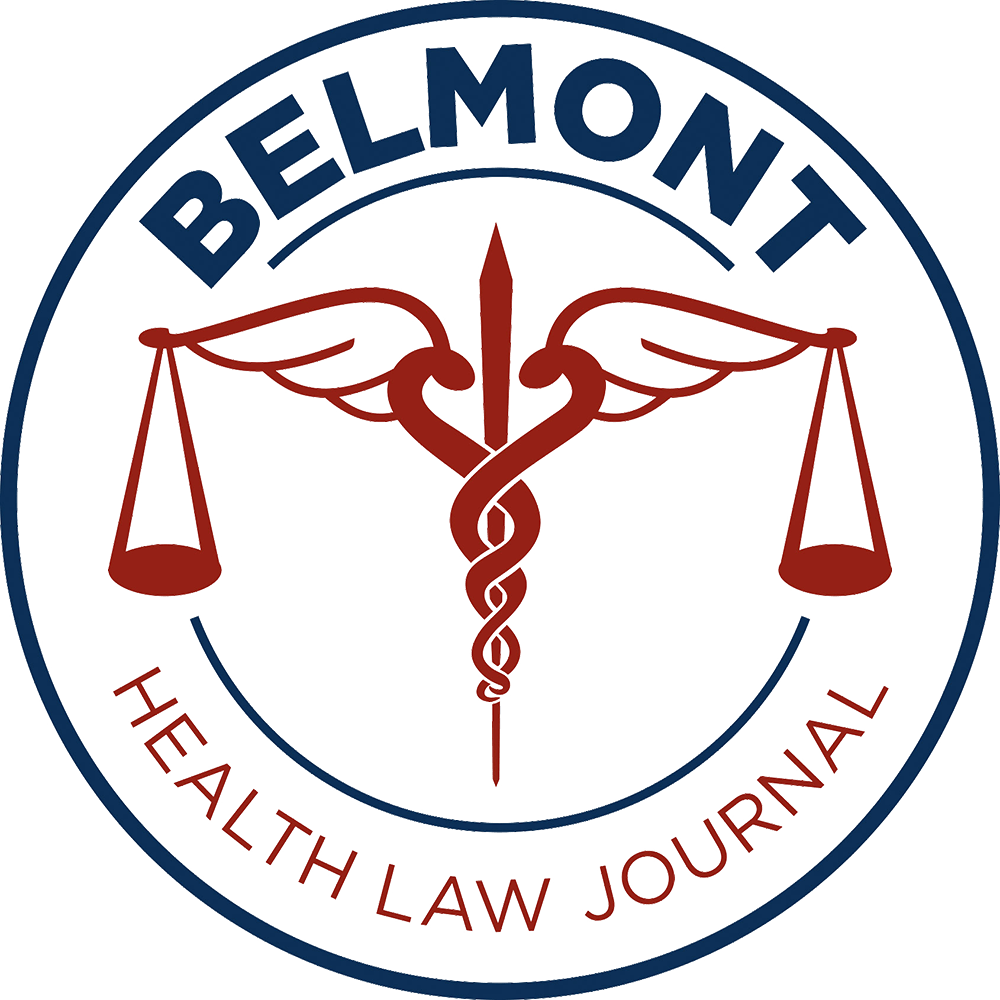Azariah Bridgewater, Belmont Law, Class of 2024
Earlier this year, the United States Supreme Court (the Court) decided to overturn Roe v. Wade in the case Dobbs v. Jackson Women’s Health Organization. The Court’s Dobbs decision no longer recognized that a federal right existed for a woman to have an abortion prior to the viability of the unborn child. In consequence, the abortion laws states had on the books pre-Roe were suddenly revived. Because pre-Roe state laws had been revived, the legality of abortion returned to its pre-Roe status in each of the fifty states. Therefore, the fight to end or protect abortion was to continue at the state level. In the wake of the Dobbs decision, the various states have fallen across the spectrum of either denying or protecting women’s right to abortion.
Thirteen states have trigger laws that their legislatures designed to have immediate effect in case the Court overturned Roe. Now that the Court has overturned Roe, the following thirteen states’ anti-abortion laws have been triggered: Arkansas, Idaho, Kentucky, Louisiana, Mississippi, Missouri, North Dakota, Oklahoma, South Dakota, Tennessee, Texas, Utah, and Wyoming. In Kentucky, for example, the trigger law that went into effect made it a felony for anyone to perform an abortion unless the abortion was to prevent the mother’s death or serious injury to her internal organs. In North Dakota as another example, it became a felony to perform an abortion unless one of three criteria were met: the mother would likely die from the pregnancy, or rape or incest caused the pregnancy.
The states that did not enact trigger laws but wanted to restrict abortion access have done so (or are in the process of doing so) by two other means: returning to pre-Roe anti-abortion laws or enacting new post-Dobbs legislation restricting abortion. The Court’s 1973 Roe decision froze in place the anti-abortion laws that were on the books by making them ineffective. Those laws were arguably dormant for the past 59 years and revived when the Court overturned Roe in its Dobbs decision. Some states seek to reinforce their old pre-Roe laws. Other states, however, rely on their current legislatures to pass laws that will represent their states anti-abortion stance.
Not all states want to restrict abortion or go to pre-Roe laws. One method states are employing to protect abortion access is to de-prioritize and de-fund anti-abortion laws. De-prioritization and de-funding have the same goal: for law enforcement and state and local prosecutors to turn a blind eye toward the medical professionals administering abortive procedures and toward women seeking the abortive procedures. States have also begun to enact legislation that prevents law enforcement and prosecutors from holding people criminally liable for breaking an anti-abortion law that it may still have on the books.
Post-Dobbs, the nation seems to be divided. But instead of looking at the issue of abortion uniformly, perhaps we should embrace the division in how each state approaches the issue. The spirited fight for or against abortion is reasonable in light of the heavy moral and ethical questions about who has rights in a pregnancy, is there a hierarchy in the weight of each party’s rights, and do the weights of those rights differ by circumstance. Perhaps the Dobbs decision, returning the question to the state legislatures, will put an end to the heated debate, locally at least. As state legislatures review the issue, there is the looming promise that the citizens who elected the legislative officials will hold them accountable during the next round of elections.
Sources:
The Network for Public Health, “Using Local Ordinances, Resolutions, and Non-Prosection Measures to Protect Reproductive Health, Published September 1, 2022. https://www.networkforphl.org/news-insights/using-local-ordinances-resolutions-and-non-prosecution-measures-to-protect-reproductive-health/
ABA Journal, “What are abortion trigger laws, and where do they stand?”, Published June 30, 2022. https://www.abajournal.com/web/article/what-are-abortion-trigger-laws-and-where-do-they-stand
